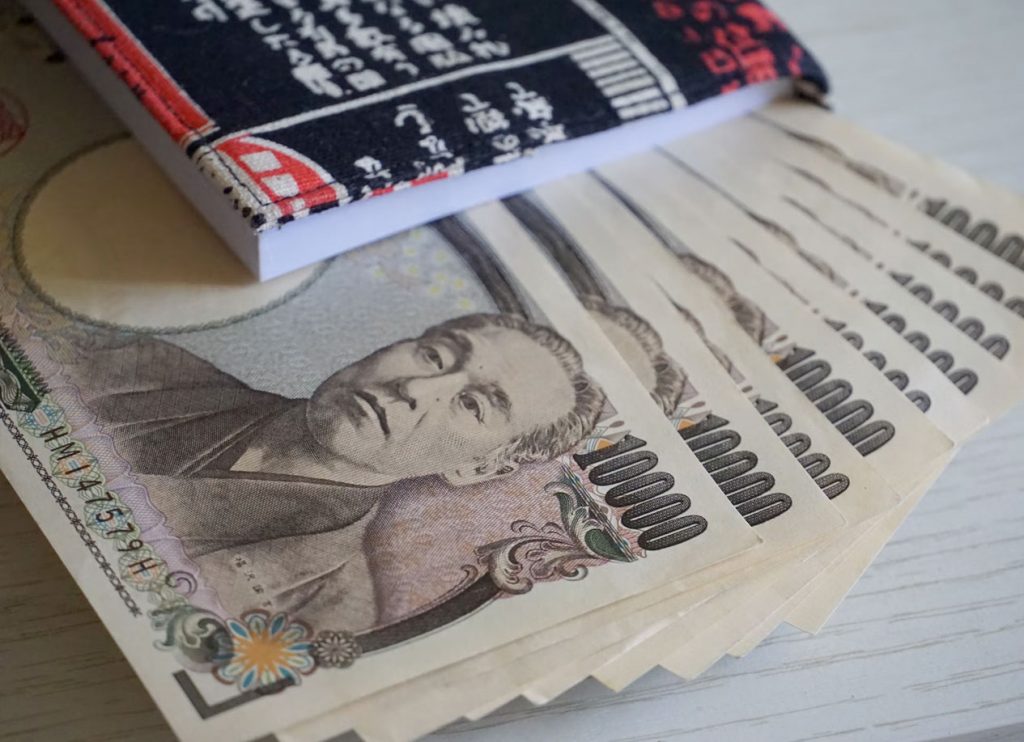
Morning Brief – Two-way traffic resumes
Two-way traffic resumes
As 2023 begins there is an increasing sense of normalisation within currency flows. For the latter half of 2022 there were very few plays other than trades orientated towards gaining exposure to the Federal Reserve’s astronomic interest rate adjustments. Whilst allowing the US Dollar to rally, this also left ultra-low yielding currencies reeling as interest rate differentials were highlighted. The two G10 currencies that bore the majority of this selling force were the Japanese Yen and the Euro. Both attracted their fair share of headlines with the significance of the Euro and the psychological level of parity driving additional attention to EURUSD. In the case of the Yen, so much attention was offered to its many crosses due to the sheer size of the depreciation. From January through to October, the depreciation in the Yen versus the US Dollar was well in excess of 30%.
As we highlighted towards the end of 2022, there was a recovery afoot in the Yen. Some intervention in the currency market and adjustments to the yield curve control program at the central bank level have allowed USDJPY to fall back from north of 150 to around 130. The Yen still carries a significant discount to its medium-term average therefore but significant ground has been recovered in the BoJ’s attempt to normalise the currency. The market is awaiting a changeover of Presidency at the Bank of Japan. Much of the weakness in the Yen stemmed from monetary policy and the Bank will play a crucial role in currency normalisation. It was the incumbent leadership that clung so tightly to deeply negative rate policies at a time when the market was looking for adjustment.
Whilst the next major move in USDJPY may not occur until after this change of office has taken place in April, markets will still speculate over how this change of leadership will change the Japanese yield curve. At the moment there is little to suggest that this change of office could deliver anything other than a more hawkish administration open to tighter policy rates. The Yen may take a pause around this level with a possible extension towards 125 as we see a trend of mean-reversion in this overstretched currency pair.
Discussion and Analysis by Charles Porter

Related Insights

Daily Brief – Stagflation USA
Stagflation USA This is the spectre confronting Federal Reserve Chair Powell and the wider USA. It is unusual simultaneously to have both rising unemployment and higher prices with the consequence of rising inflation, but that is where the USA stands today, in the face of the TT or Trump tariffs. Unsurprisingly, despite POTUS offering his […]

Daily Brief – Oil Price
Oil Price Pre TT or Trump Tariffs, the oil price seesawed around but mostly reverted to its mean over a few trading sessions unless a major piece of economic, political or trade news arose. All that has gone out of the window with steady declines in session after session, so in case you have been […]

Daily Brief – Asia on Fire
Asia on Fire The TWD or Taiwan Dollar has scarcely featured in most FX traders’ consciousness until the past four weeks, when the NTD has roared up over 10%. The Korean Won has managed a respectable 6%, the Thai Baht and the Malaysian Ringgit 5% and the Singapore Dollar 4%. So what’s behind it? The […]



 Humphrey Percy
Humphrey Percy